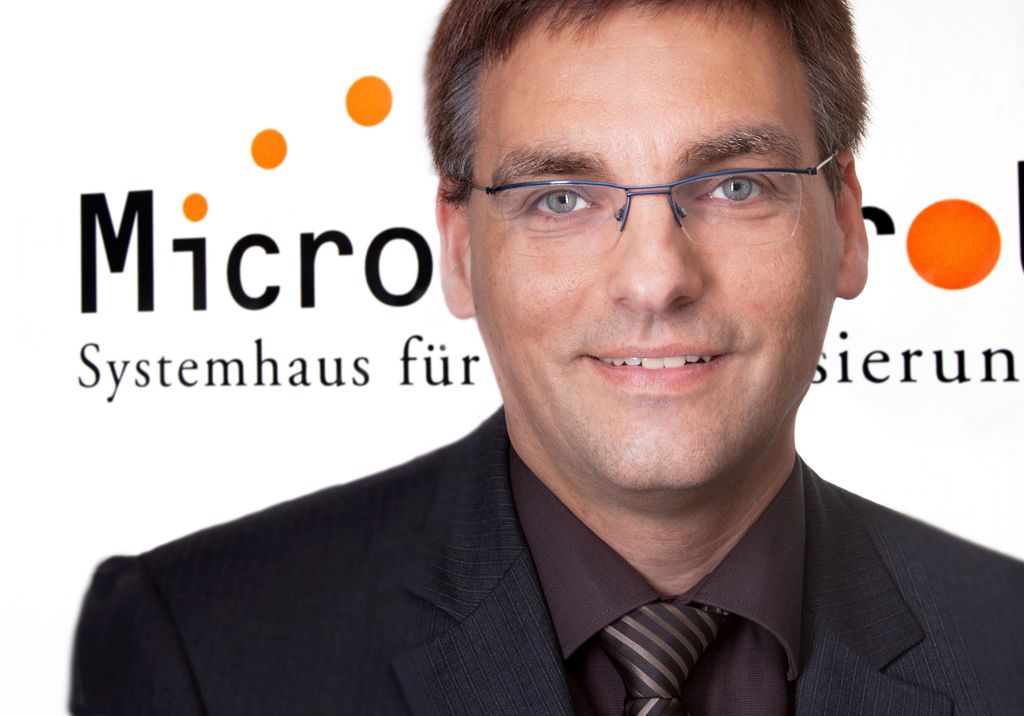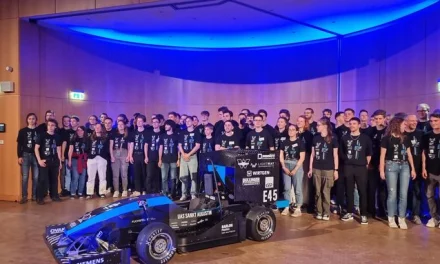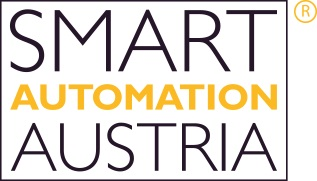
Congratulations on 30 years of CiA –
CAN stays cool!
The CAN bus protocol (Controller Area Network) is growing in popularity and can be found in more and more applications. The protocol was developed by Bosch in 1986 to facilitate communication between electronic control units, sensors and actuators which came up at that time. Manufacturers started to include active suspension systems, gear and light control, central door locking and ABS. To enable interaction between different electronic units, to exchange data and to perform tasks correctly, a new and easy-to-use bus system was needed. This was when CAN came into existence which, right from the start, was considered to be a simple, secure and efficient solution.
Make it simple
Simple wiring, high security in data transmission and a rugged and clear structure – these are features which have become important in many other kinds of applications: The CAN protocol facilitates simple wiring, as the electronic devices can communicate through a single multiplex line which links each node to the network. The multiplex architecture enables combination and transmission of signals in the entire network through a single line, so that each electronic module gets the data from sensors and actuators at the right time.
Standardization as motor
The CAN protocol was standardized by the International Standards Organization (ISO) in 1993. A year before, experts founded the CiA user organization to standardize the CAN bus and to simplify implementation in different applications.
“To be able to use the CAN bus in applications of different industrial areas, standardization was inevitable”, explains Uwe Koppe, technical director of the CiA. “Identical protocols simplify handling of every system.” In the past 30 years, the CiA has issued more then 20,000 pages with specifications.
Hence it is not surprising that the CAN bus is used in a variety of different industries such as medical technology, industrial production, in film cameras as well as in lighting systems or building automation and control. And the CiA experts define the appropriate specifications for every new kind of application – from a simple sensor to complex lifting technology, from innovative research technology to life-saving medical equipment.
View to the future
CAN bus will be the future technology: Introduced in 2012, CANopen FD defines the next level of development: FD stands for Flexible Data rate and marks the progress in development of the data protocol to be able to process higher date rates. To facilitate migration to FD, MicroControl systems are equipped with the possibility to switch from CANopen to CANopen FD.
A new option is the CAN XL protocol which is currently in the release procedure. With its high transfer rates the CAN XL closes the gap between CAN and Ethernet, but will continue to feature small, economic and fail-safe modules. CAN networks in IoT devices, in automation, in satellites and space vehicles on their way to Mars – many things are possible in the CAN future.




